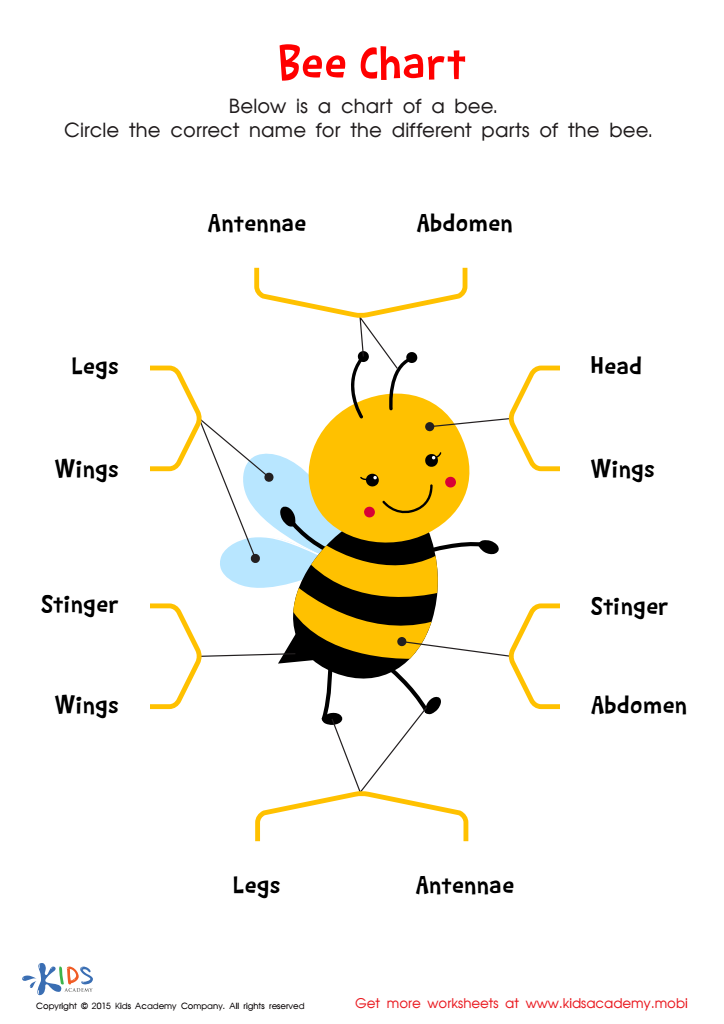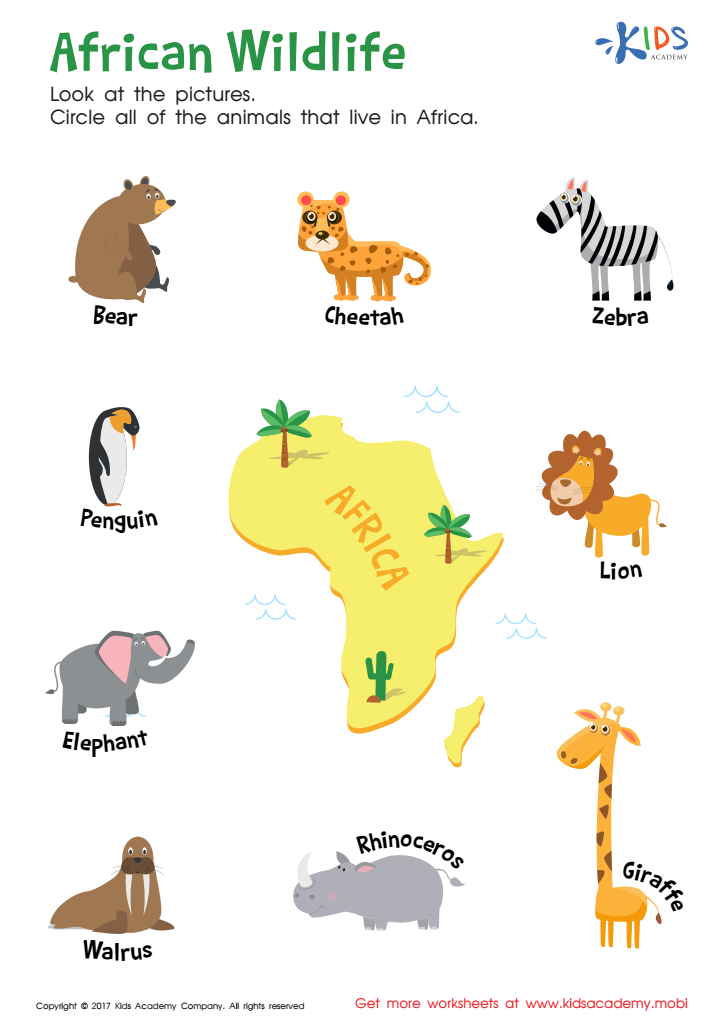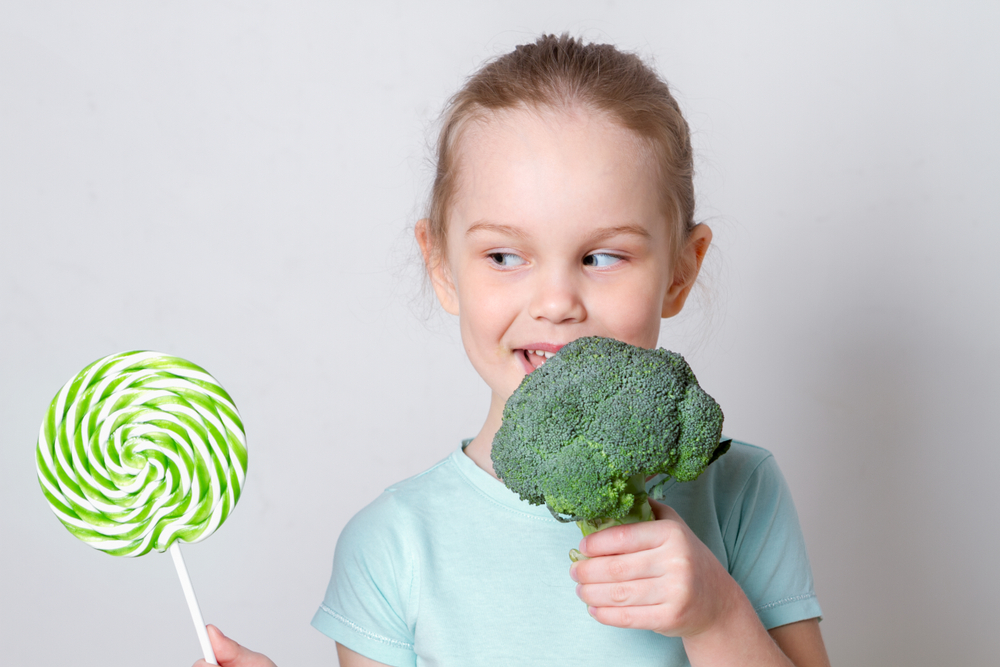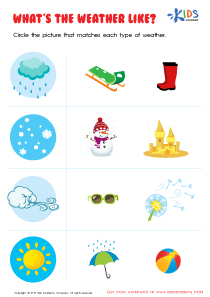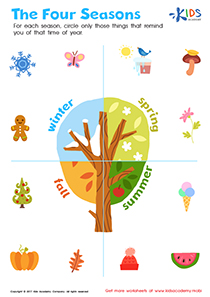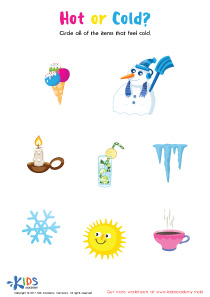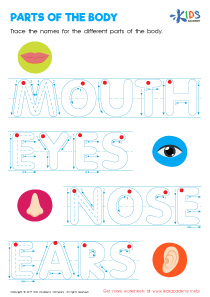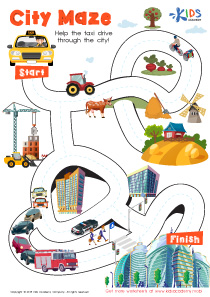Plants and Animals Worksheets for Ages 7-9
12 filtered results
-
From - To
Explore the fascinating world of plants and animals with our engaging worksheets designed specifically for ages 7-9! These interactive materials enhance children's understanding of biodiversity, ecosystems, and the vital roles that plants and animals play in our environment. Each worksheet encourages critical thinking through fun activities, such as matching, drawing, and quizzes that promote independent learning. Perfect for classrooms or home use, our worksheets make it easy for young learners to develop essential skills. Join us on this educational journey and inspire curiosity about the natural world while reinforcing important concepts in science. Download and let the exploration begin!
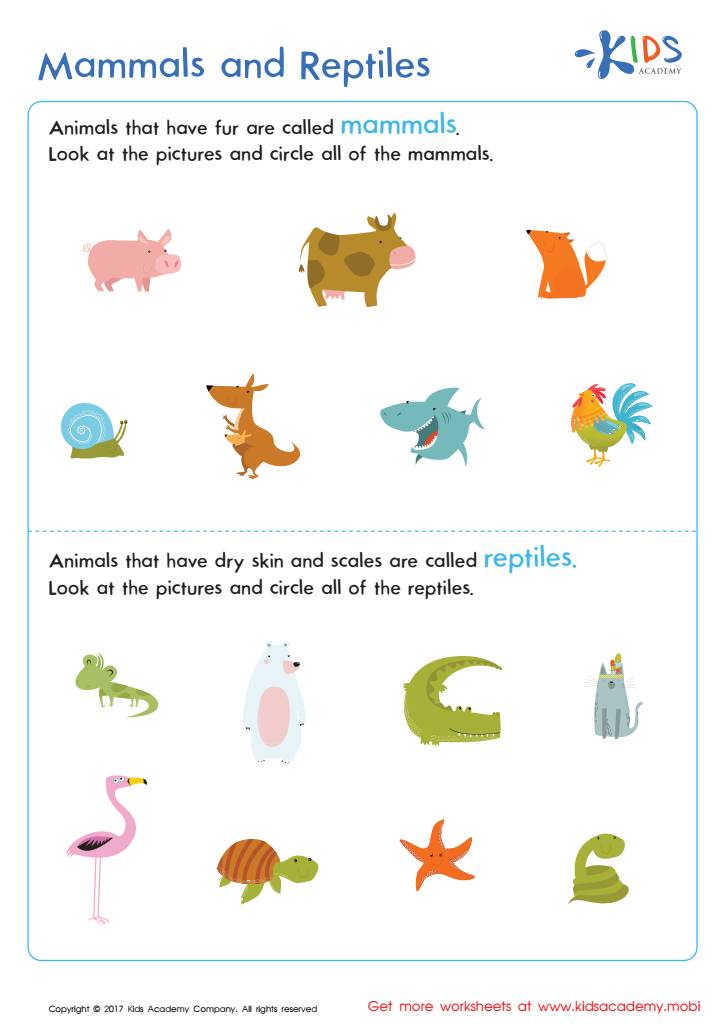

Mammals and Reptiles Worksheet
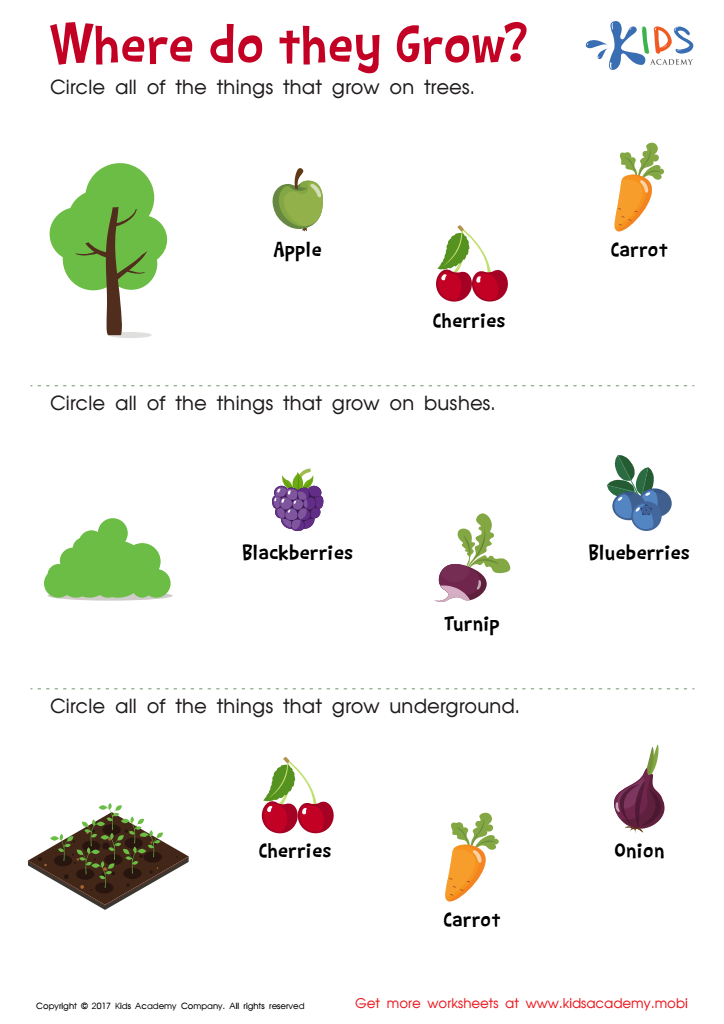

Where Do They Grow Worksheet


African Wildlife: Giraffe Worksheet
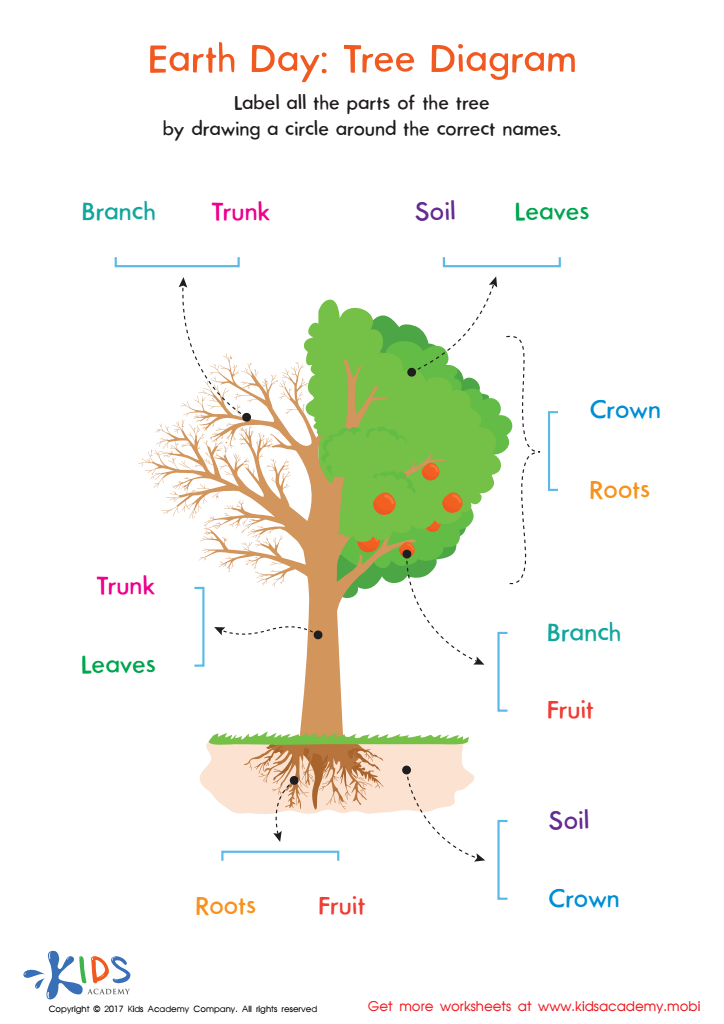

Earth Day: Tree Diagram Worksheet
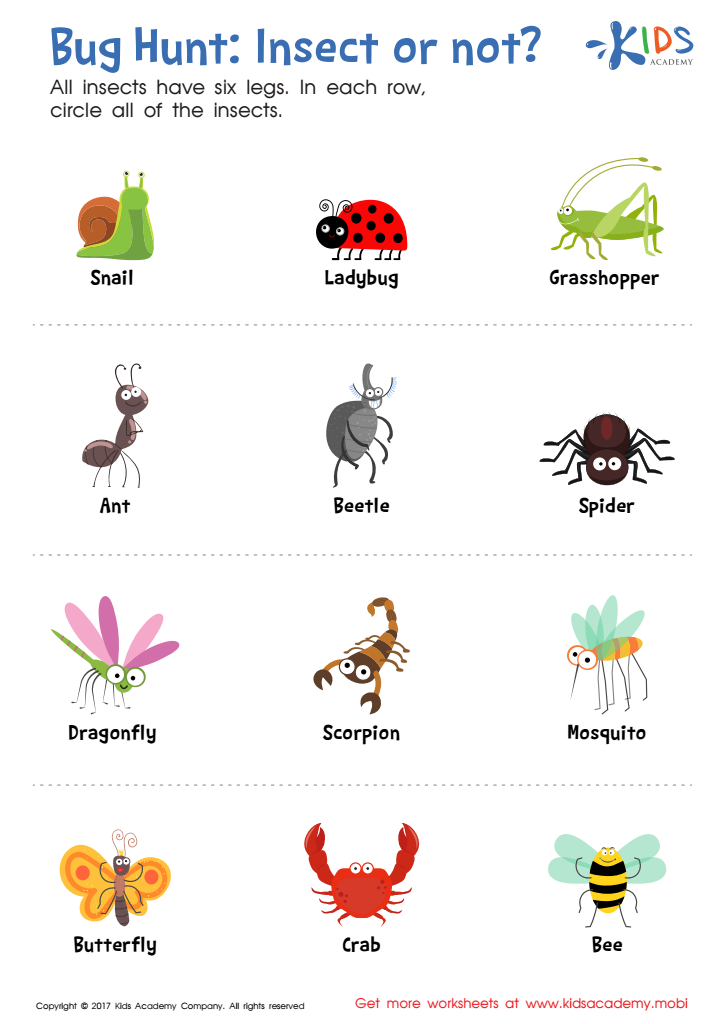

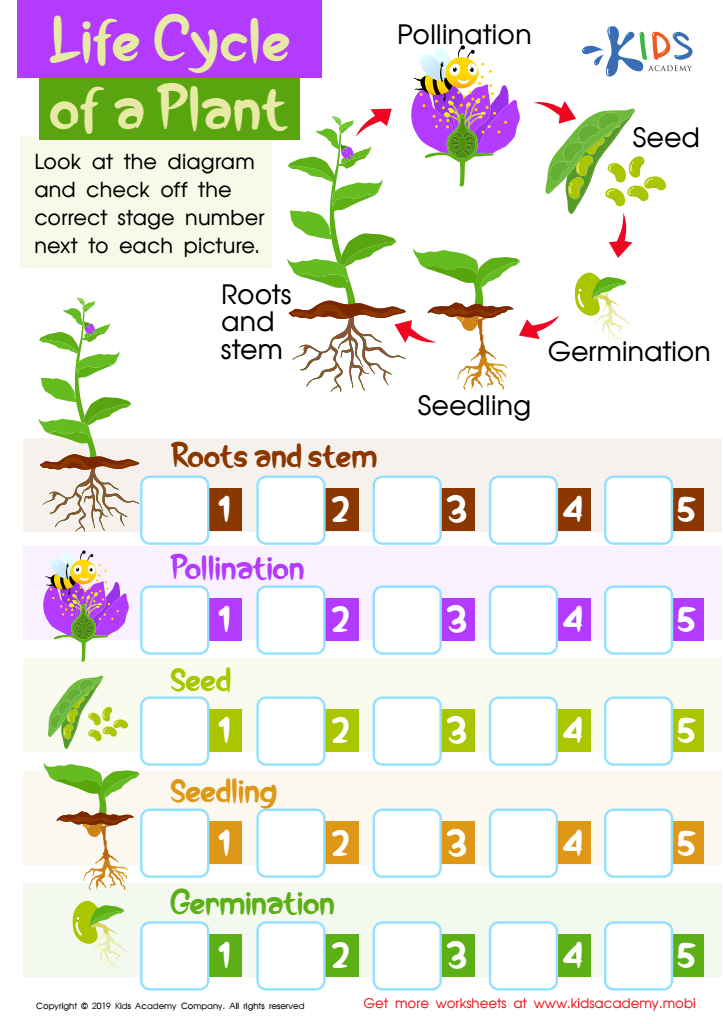

Life Cycle of a Plant Worksheet
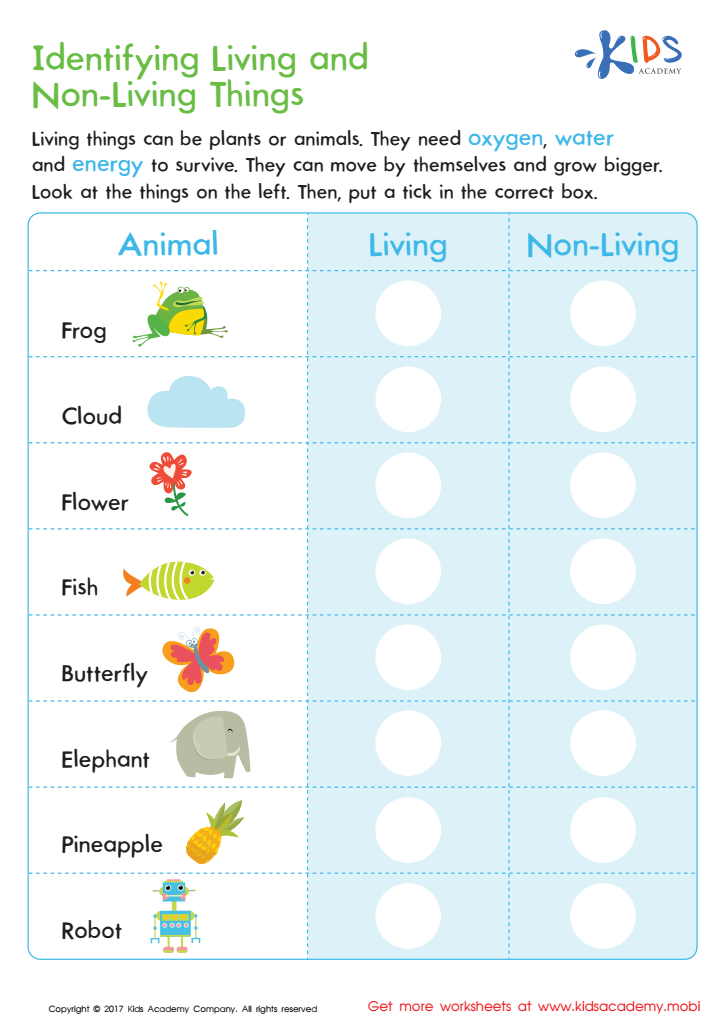

Identifying Living or Non–living Worksheet
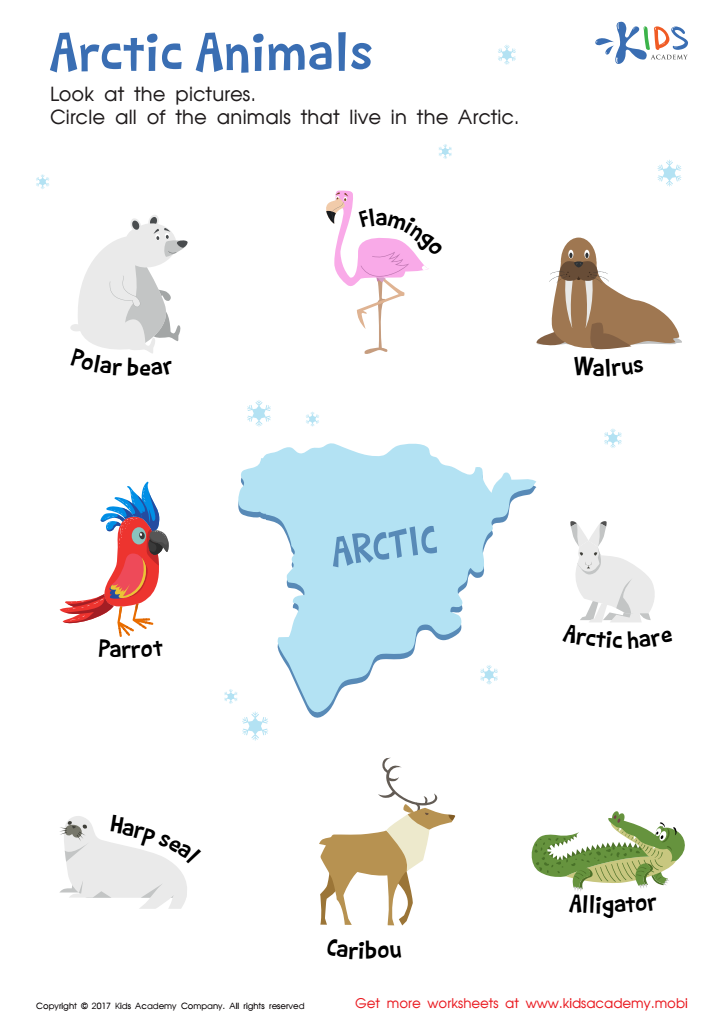

Arctic Animals Worksheet
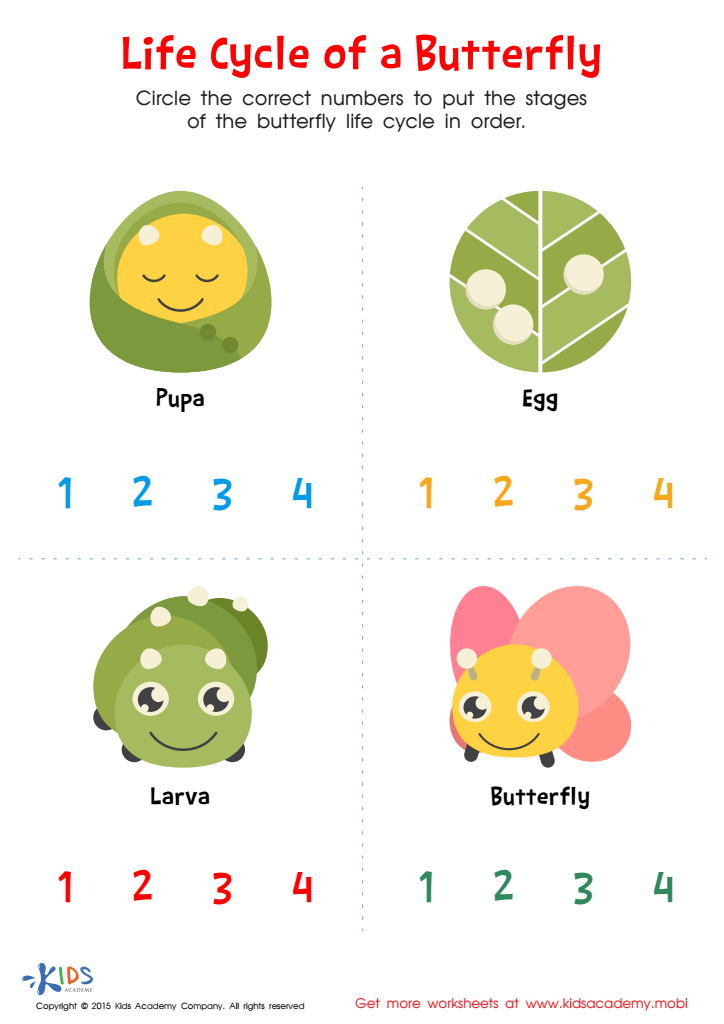

Life Cycle of Butterfly Printable
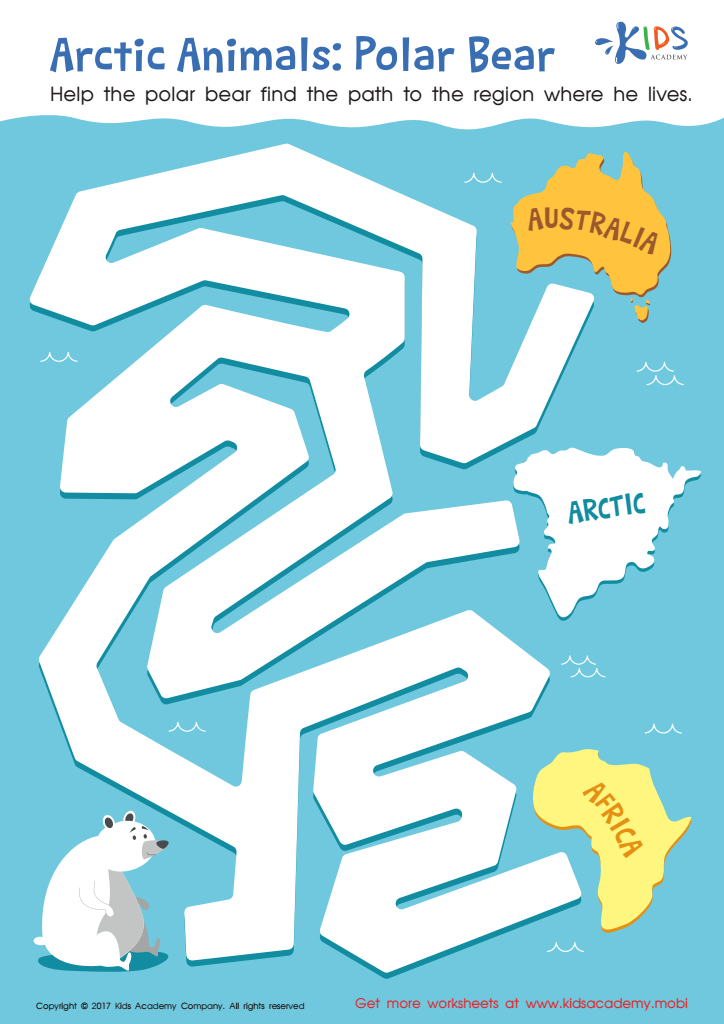

Arctic Animals: Polar Bear Worksheet
Caring about plants and animals is essential for parents and teachers, especially when educating children aged 7-9 who are naturally curious about the world around them. First, understanding plants and animals instills a sense of wonder and appreciation for nature, encouraging children to explore their environment. This innate curiosity lays the groundwork for scientific literacy, critical thinking, and observational skills.
Secondly, plants and animals play vital roles in ecosystems. Teaching kids about these living organisms fosters environmental stewardship, helping them understand their responsibility for protecting the planet. By learning about habitats, biodiversity, and the food chain, children gain insights into how interconnected all life forms are.
Additionally, exposure to nature has been shown to benefit children's mental and physical health. It encourages them to engage in outdoor activities, reduces screen time, and promotes active lifestyles. Furthermore, knowledge of plants and animals promotes empathy, as children learn to recognize the emotions and behaviors of other living beings.
By prioritizing knowledge about plants and animals, parents and teachers empower children to become informed, compassionate individuals, ready to contribute positively to their communities and the world.
 Assign to My Students
Assign to My Students
